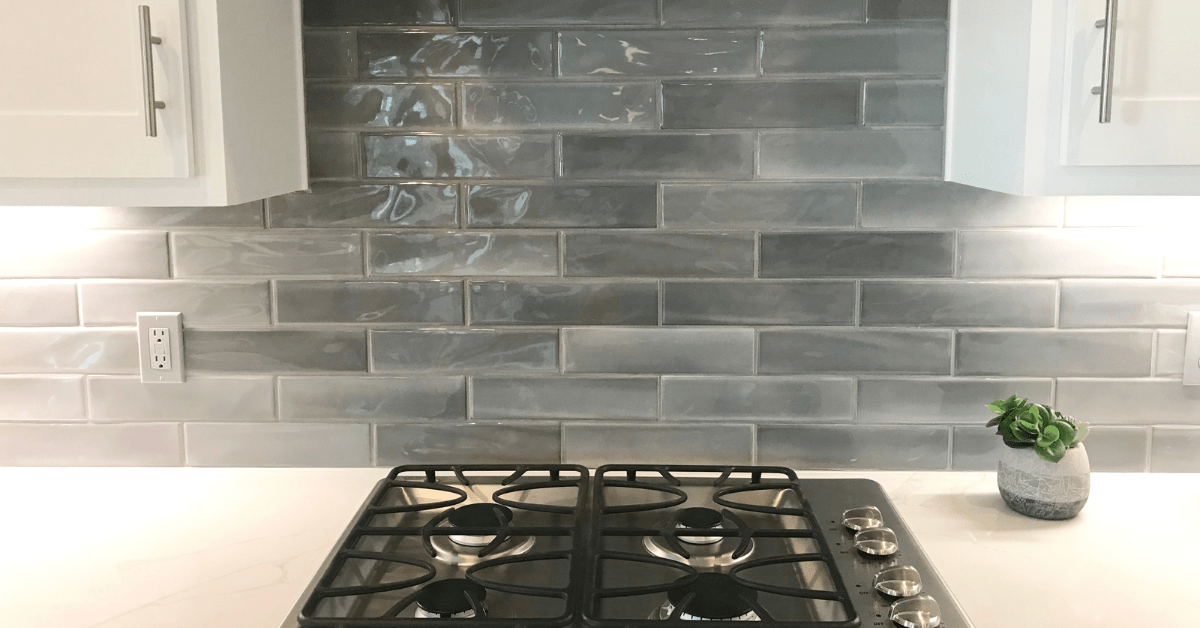The history of Philadelphia?s trinity houses

Georgian architecture in a tiny package Welcome back to Period Dramas, a weekly column that alternates between rounding up historic homes on the market and answering questions we?ve always had about older structures.
If you?re a fan of Federal architecture in the U.S., chances are you?ve spent time ogling the architecture of Philadelphia.
With roots in the 17th-century, when founder William Penn laid out its urban plan, Philadelphia is one of America?s oldest cities. Penn?who grew up in England?hated London?s cramped streets, and so he devised a gridded city with the help of land surveyor Thomas Holme.
The plan they devised gave each house ample land and distance from its neighbors, creating what Penn called a ?greene country towne.? Think the benefits of city life with the pastoral beauty of the country. The layout, although idyllic, left swaths of unused land between houses. As the city?s population rose in the early 18th century, the larger blocks were subdivided, adding alleyways and smaller streets running between the main avenues.
Courtesy of Creative Commons.
William Penn?s original plan for Philadelphia.
Townhouses went up in these spaces to maximize housing on city blocks. Meanwhile, builders bought up the cheaper land along the inner alleyways to build modest townhouses for the city?s lower-income population. These houses were built out of brick in the Georgian style, which was popularized in England following the Great Fire o...
| -------------------------------- |
| Watch session three of DesignTalks live from DesignMarch 2024 | Dezeen |
|
|












